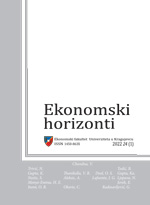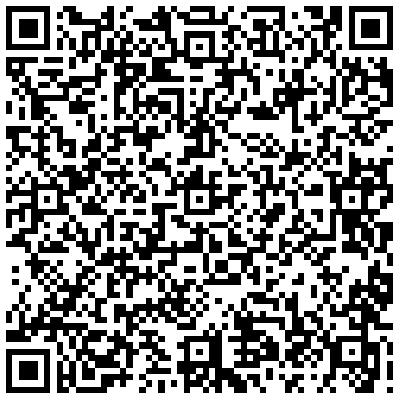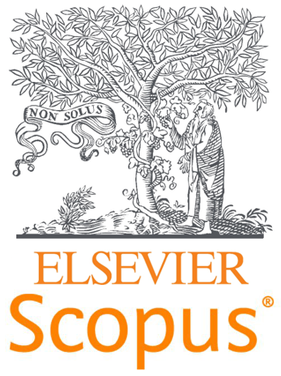The identification of the business cycle characteristics in the European Union with reference to the Republic of Serbia
Emilija Janković
National Bank of Serbia, Belgrade, Serbia
A large number of papers indicate stylized facts related to the business cycles of different countries. However, the business cycle is a very complex phenomenon, which is not easy to measure and interpret. Therefore, in addition to the gross domestic product (GDP) as a standard measure of the business cycle, it is useful to analyze the cyclical behavior of the GDP components, the labor market variables, as well as nominal variables. This paper attempts to identify patterns in their movements during the period from the first quarter of 2009 to the third quarter of 2023. The goal is to provide a general overview of business cycles in contemporary developments within the European Union as a whole, Germany being the most developed EU country, with reference to the Republic of Serbia. Detailed statistical time series analysis was used to examine stylized facts, as well as the volatility of these variables, their correlation with the GDP, and their persistence. The general conclusion implies that the business cycle of Serbia does not lag behind more developed countries. Some observations were also made of the common tendencies that could be valid in most cases.
Keywords: volatility, correlation, persistence, business cycle, stylized facts
JEL Classification: E31, E32, F44




